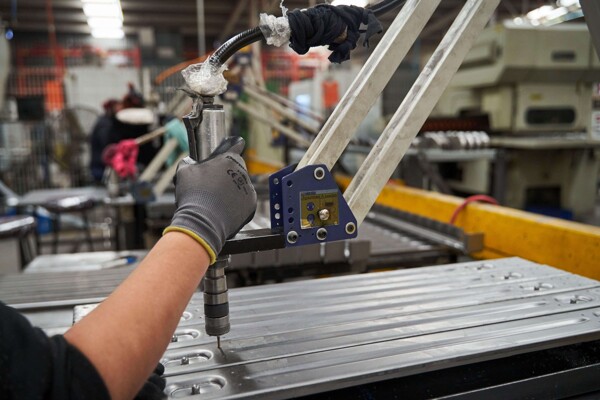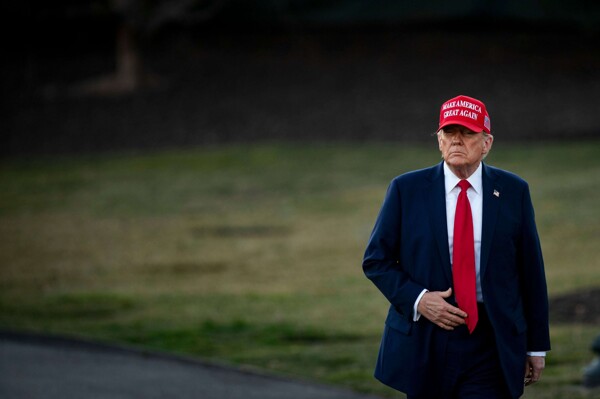
Despite stable demand, steel prices have risen in the United States due to tariff threats. Hot-rolled coil, the benchmark product, has increased by 23% compared to imports. The imposition of tariffs by President Trump, effective in two weeks, is affecting U.S. buyers, who are already noticing that domestic steel is more expensive than imports.
The price of domestic steel has surpassed $900 per ton, representing a notable increase compared to the previous year. This is due to the anticipation of the 25% tax on foreign imports. Although domestic steel demand in the United States is relatively low, high loan costs are making it expensive for buyers to move forward with projects in sectors like construction and household appliance manufacturing.
The imposition of tariffs on steel and aluminum imports translates to a price increase in the U.S. market, leading to locally produced steel being more costly than imported steel. According to market sources, prices have risen in recent weeks, prompting domestic producers to quote steel at higher prices, reaching up to $1,000 per ton.
The steel industry in Canada is particularly affected by these measures, as it relies heavily on exports to the United States. Canadian manufacturers are forced to sell in the U.S. market, as the global oversupply of steel limits demand in other countries. Despite the difficulties, changing markets is not a viable option due to high shipping costs.
In a context of uncertainty due to tariffs, steel producers in the United States have raised prices, and customers will face these higher costs. The imposition of tariffs has created pressure in the steel industry and led to a situation where both manufacturers and buyers share the economic impact of these measures.














